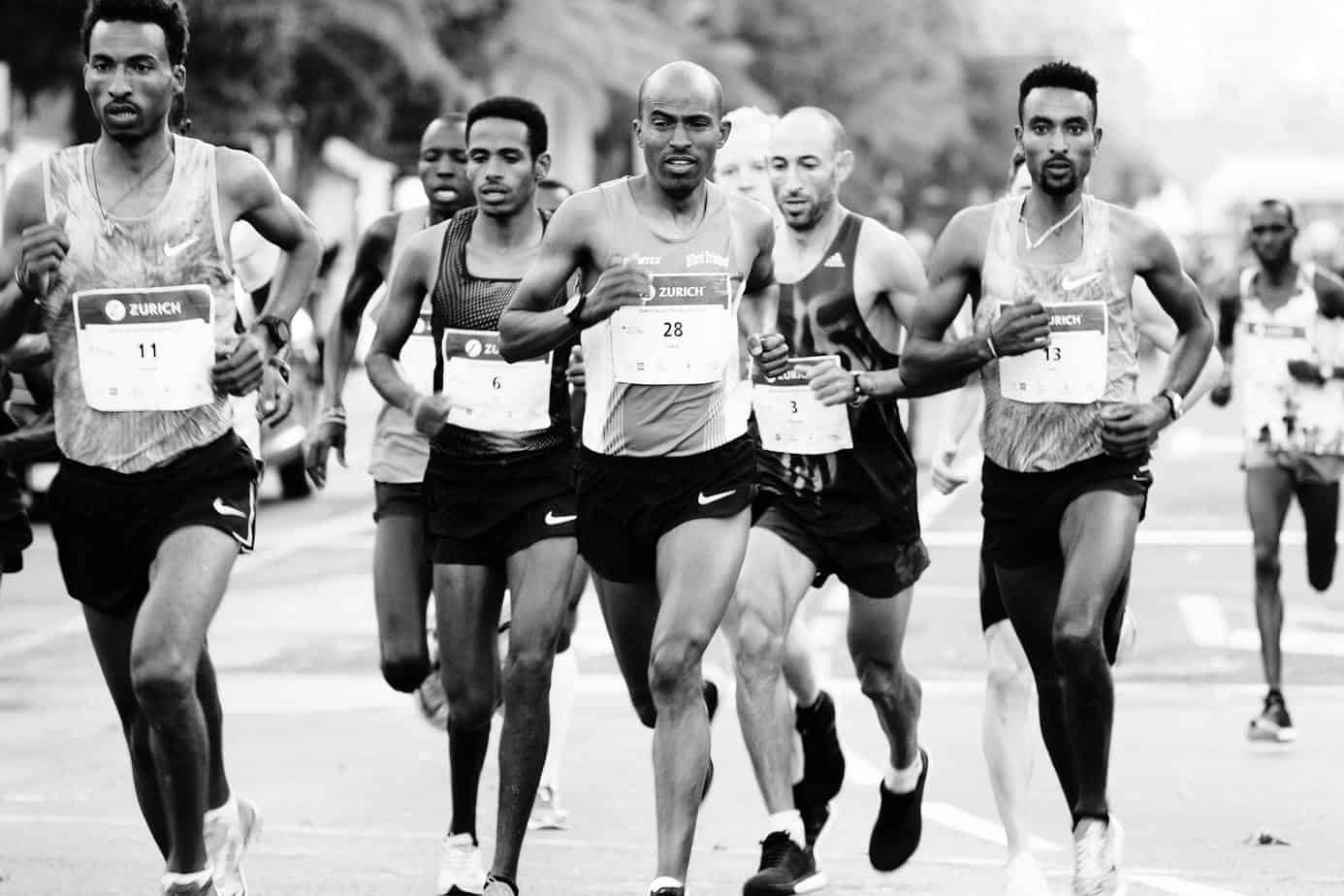Physical Therapy for Scrotal Pain

Chronic scrotal content pain (CSCP) is pain localized to the scrotum which is of at least 3 months duration. It accounts for 2 to 5% of urologist visits. The diagnosis and management of CSCP can be challenging and many patients see an average of 5 different providers. The underlying etiology varies and in as many as 35 – 45% of patients is not identified (idiopathic).
Patients will report pain localized to the testicle but they may also present with pain in the inguinal region, perineum, penis, abdomen, and even lower extremities. CSCP needs to be differentiated from acute scrotal pain. In some cases this can be difficult with acute pain that continues as discomfort for an extended period of time.
Etiologies of CSCP
1. Pain originating inside of the testicle can arise from different processes :
- Infectious epididymo-orchitis (viral or bacterial) leading to inflammation of the epididymis and/or testis.
- Non-infectious inflammation from reflux of urine through the ejaculatory ducts in cases of urethral stricture
- Cysts: epididymal, varicoceles and hydroceles
- Scrotal tumors
- Post-vasectomy pain
2. Extra-scrotal causes of pain:
- Referred pain from other intra-abdominal pathologies (ureteral calculi, hernia, vascular aneurysm, retroperitoneal tumors)
- Neuropathic pain from aberrant peripheral signaling of nerves passing through the inguinal ring: genitofemoral, ilioinguinal or spermatic nerves
- Chronic pelvic pain: both neuropathic (pudendal neuralgia) or myofascial tension can also cause testicular pain.
Management
A patient with CSCP should be examined by an urologist and adjunctive testing should be performed to rule out any underlying structural causes of intra-scrotal pain.
In the absence of an obvious cause, conservative management is recommended. A digital rectal examination may find tightness or tenderness in the pelvic floor muscles leading to a diagnosis of pelvic floor tension – caused myalgia as a possible underlying reason for scrotal pain. 50% of male patients diagnosed with CPP due to pelvic floor tension present with testicular pain.
Other conservative management alternatives include sitz baths, supportive undergarments, and oral NSAIDs. If a neuropathic component is suspected, other medication such as anti-depressants and anti-convulsants maybe prescribed.
Cord Block
A spermatic cord block can also be used both to confirm diagnosis and as treatment. A cord block is administered at the doctor’s office. It involves an injection of a local anesthetic, with or without an steroid near or at the nerve. The block works by stopping the nerve from sending pain signals to the brain and disrupts the pain cycle. If the pain decreases after this procedure, it is an indication that the nerve input from any of the implicated nerves was responsible for the scrotal pain. Other alternatives of treatment such as TENS or complementary medicine such as acupuncture may also be considered.
We Can Help!
At Body Harmony we provide pelvic physical therapy that can treat patients that experience CSCP, for which any structural causes have been ruled out by an urologist, and have a positive digital rectal examination indicative of pelvic muscle tension. Therapy techniques we provide include:
- Manual therapy to release tension in the muscles
- Biofeedback re-education to learn to release tension. We use EMG-based as well as visual ultrasound biofeedback for patients to visualize their pelvic floor muscles and learn to release tension.
- Pain science education to help perceive and release muscle tension
- Postural re-education: to normalize tone in pelvic floor muscles.
- Effective voluntary muscle contraction/relaxation training
References
(1) Ziegelmann MJ, Farrell MR, Levine LA. Evaluation and Management of Chronic Scrotal Content Pain-A Common Yet Poorly Understood Condition. Rev Urol. 2019;21(2-3):74-84.
(2) Farrell MR, Dugan SA, Levine LA. Physical therapy for chronic scrotal content pain with associated pelvic floor pain on digital rectal exam. Can J Urol. 2016;23(6):8546-8550.







